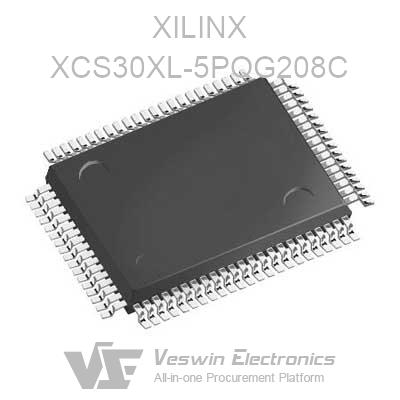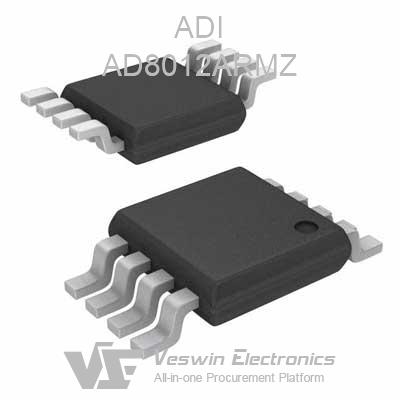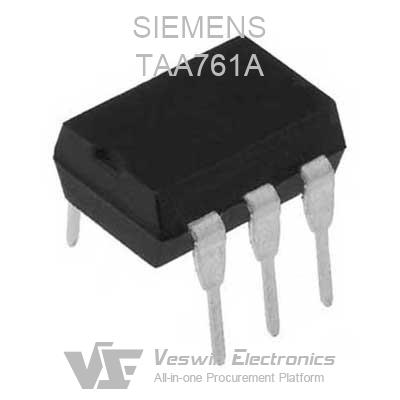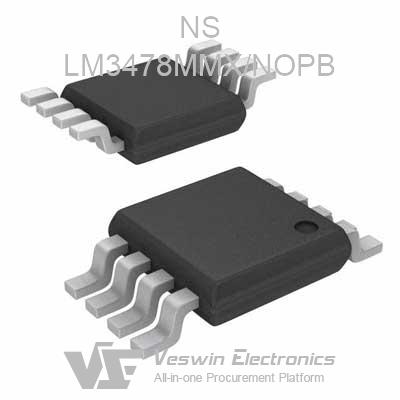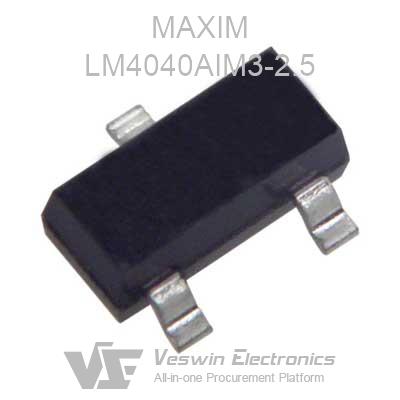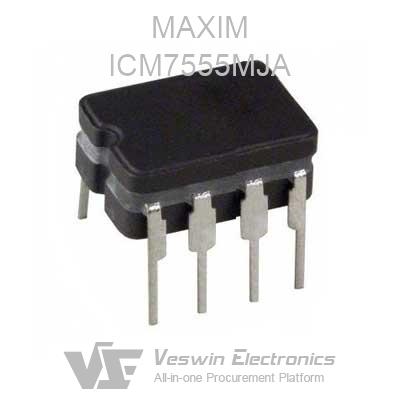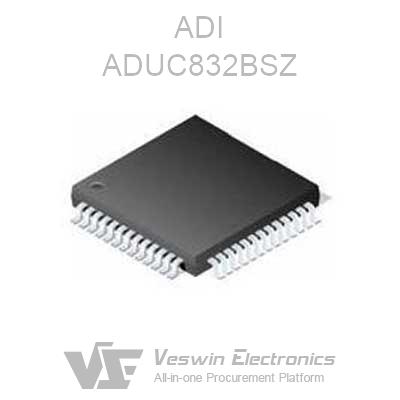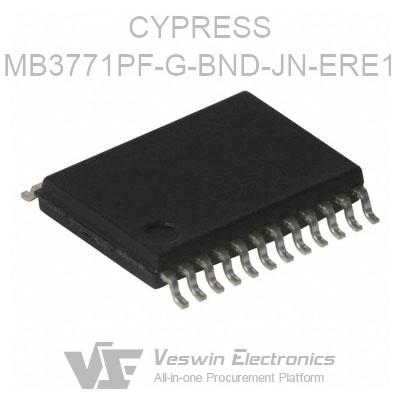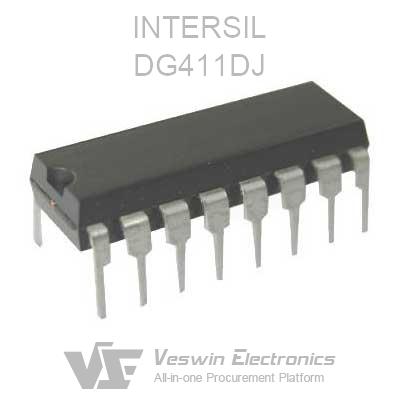The hardware circuit design of a single-chip application system consists of two parts: First, the system expansion, that is, the functional units inside the microcontroller, such as ROM, RAM, I/O, timer/counter, intermittent system, etc., cannot meet the requirements of the application system. It is necessary to expand off-chip, select the appropriate chip, and design the corresponding circuit. The second is the configuration of the system, that is, configuring peripheral devices such as keyboard, display, printer, A/D, D/A converter, etc. according to system function requirements, and designing appropriate interface circuits.
1. Select a typical circuit as much as possible and follow the normal usage of the microcontroller. It lays a good foundation for the standardization and modularization of hardware systems.
2, system expansion and peripheral equipment configuration level should fully meet the functional requirements of the application system, and leave room for further development.
3. The hardware structure should be considered together with the application software solution. The hardware structure and the software solution will have mutual influence. The principle to be considered is that the software can realize the functions as much as possible by software to simplify the hardware structure. However, it must be noted that the hardware functions implemented by the software generally have a longer response time than the hardware implementation and take up CPU time.
4. The relevant devices in the system should be matched as much as possible. If a CMOS chip MCU is used to form a low-power system, all chips in the system should be selected as low-power products as possible.
5, reliability and anti-interference design is an indispensable part of hardware design, including chip, device selection, decoupling filtering, printed circuit board wiring, channel isolation and so on.
6. When there are many peripheral circuits of the MCU, it is necessary to consider its driving capability. When the driving ability is insufficient, the system works unreliable, and the bus load can be reduced by adding a line driver to enhance the driving capability or reducing the power consumption of the chip.
7. Try to design the hardware system in the direction of “single piece”. The more system devices, the stronger the mutual interference between devices, and the increased power consumption, which inevitably reduces the system's non-disorder. With the integration of the MCU on-chip function is getting stronger and stronger, the real system-on-chip SoC can be realized. For example, ST's newly launched μPSD32×× series products integrate 80C32 core, large-capacity FLASH memory, SRAM, A on a single-chip computer chip. /D, I/O, two serial ports, watchdog, power-on reset circuit, etc.
Hot News
